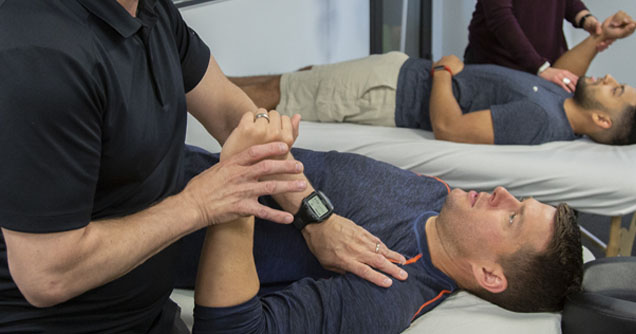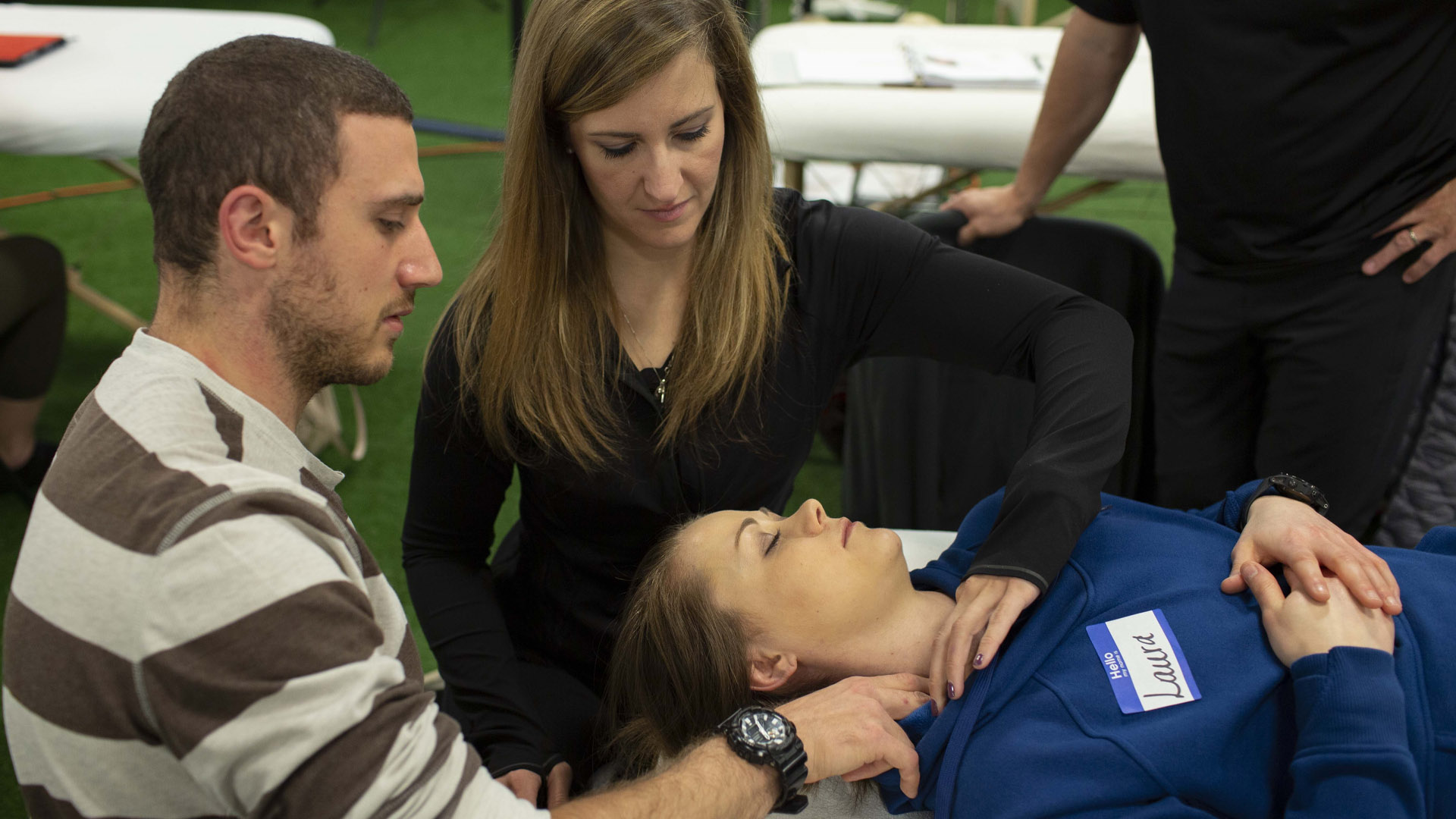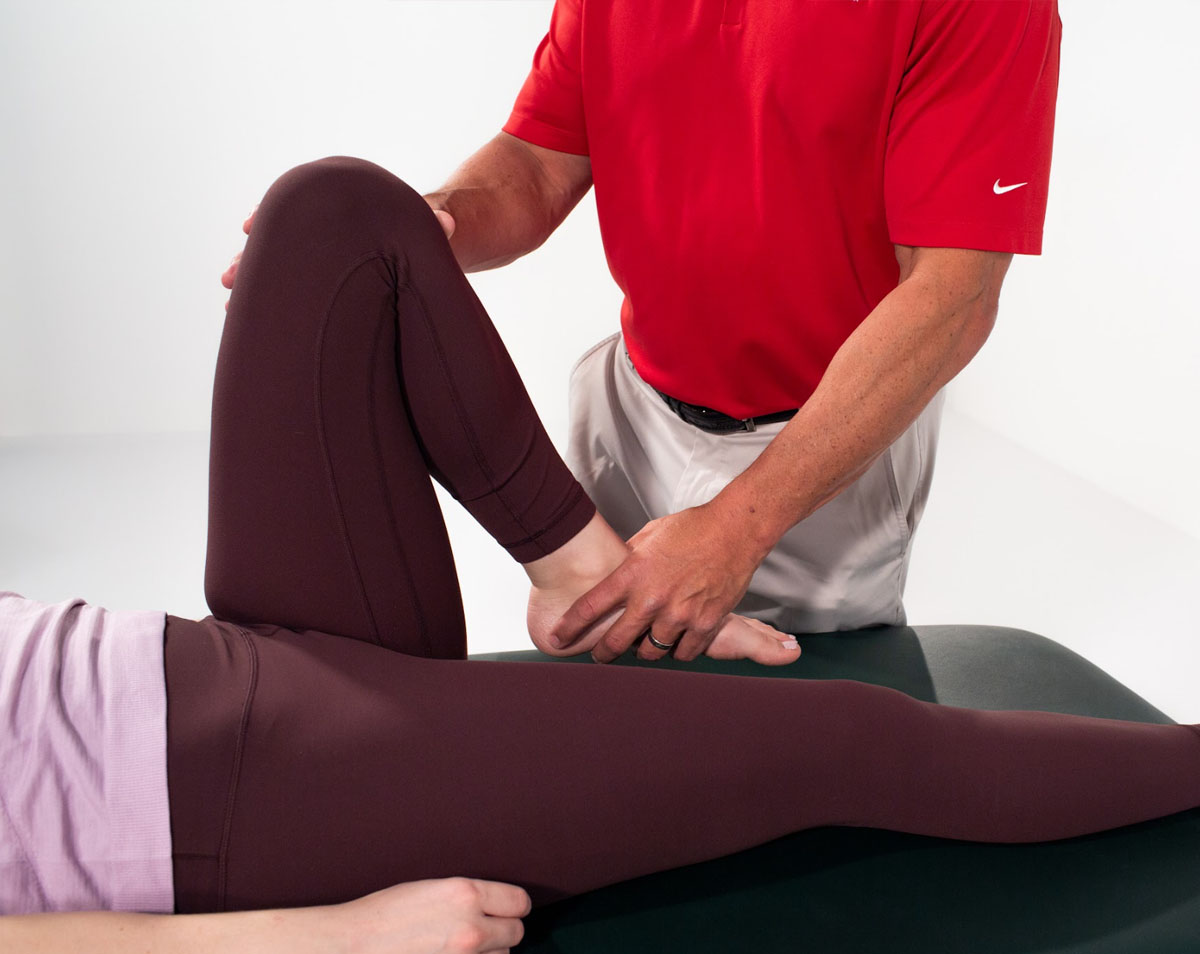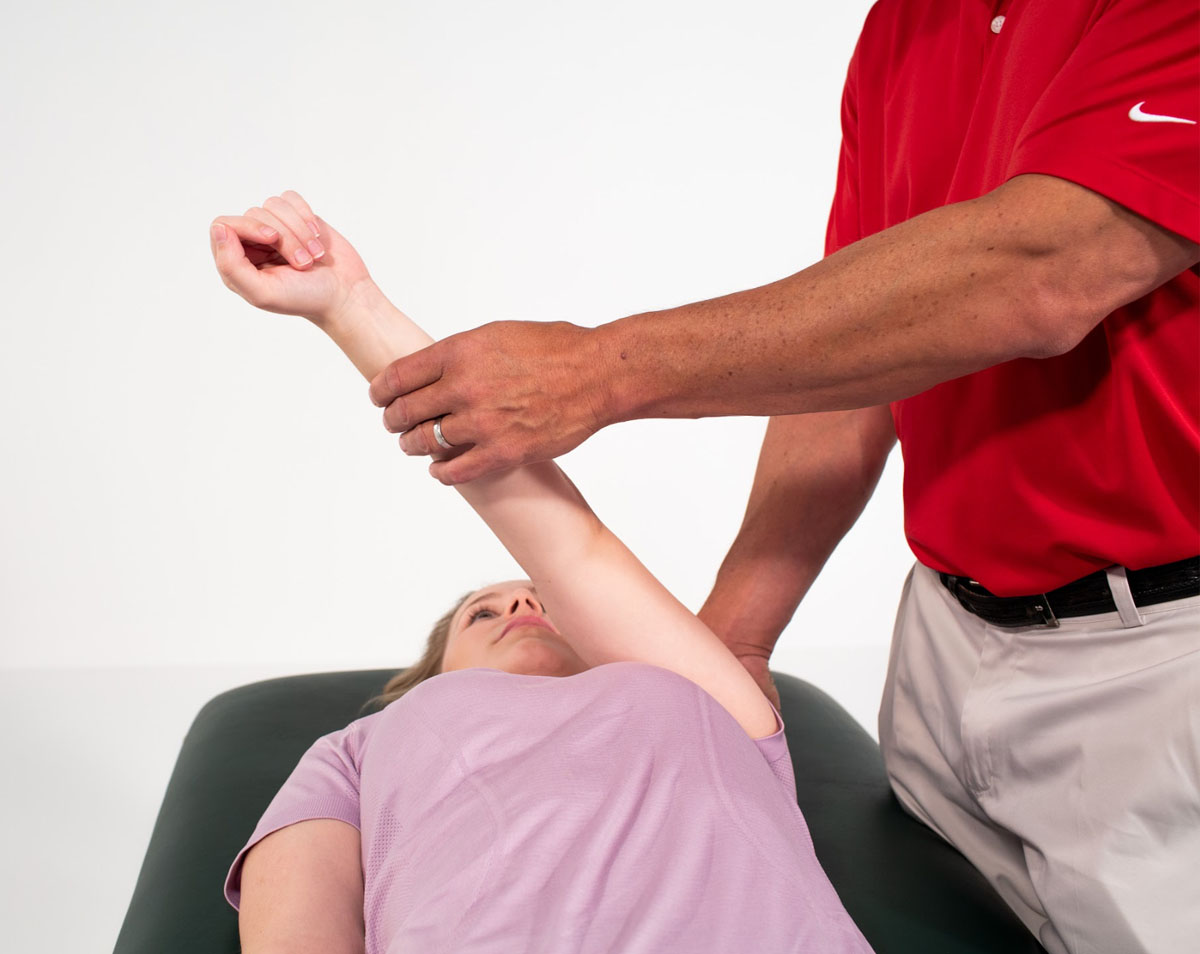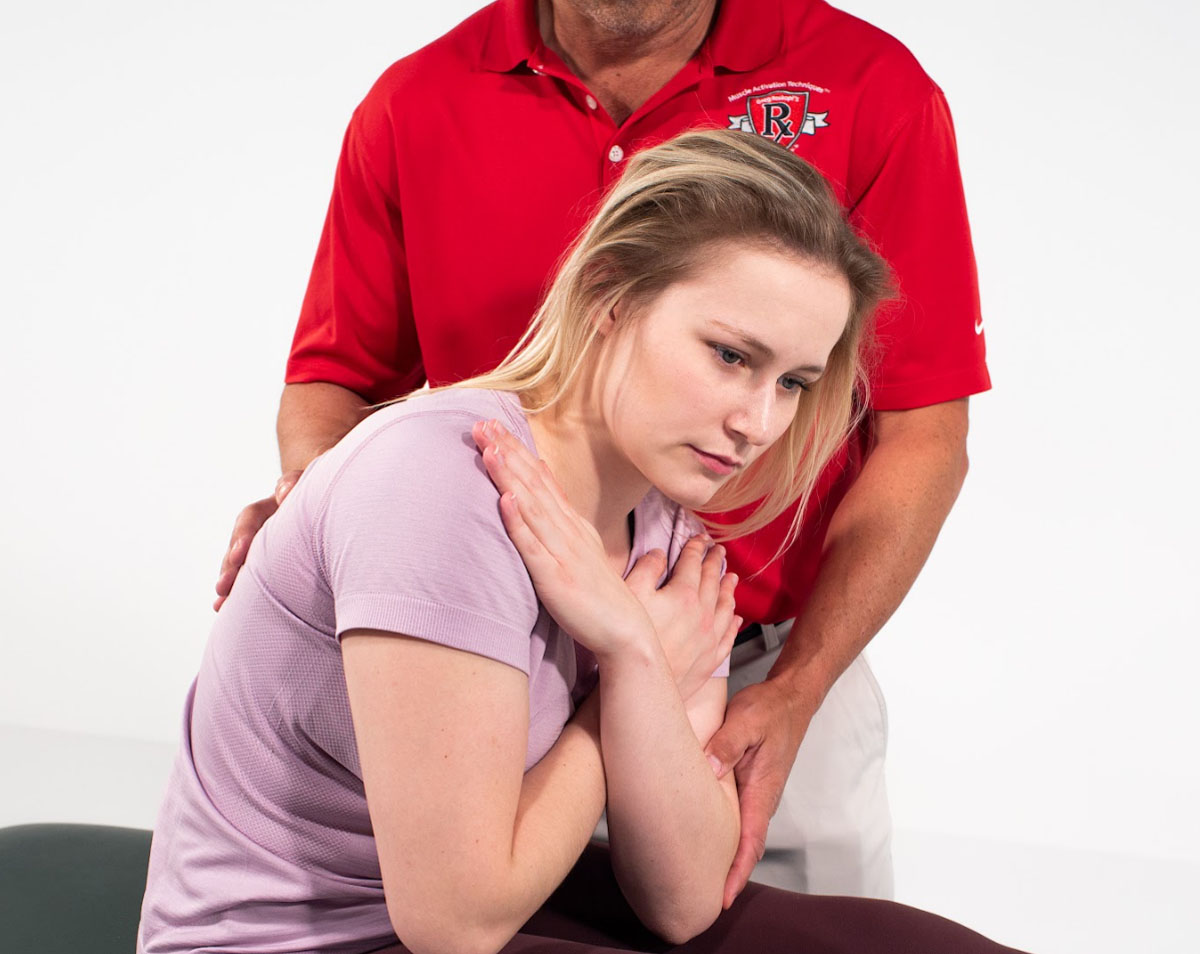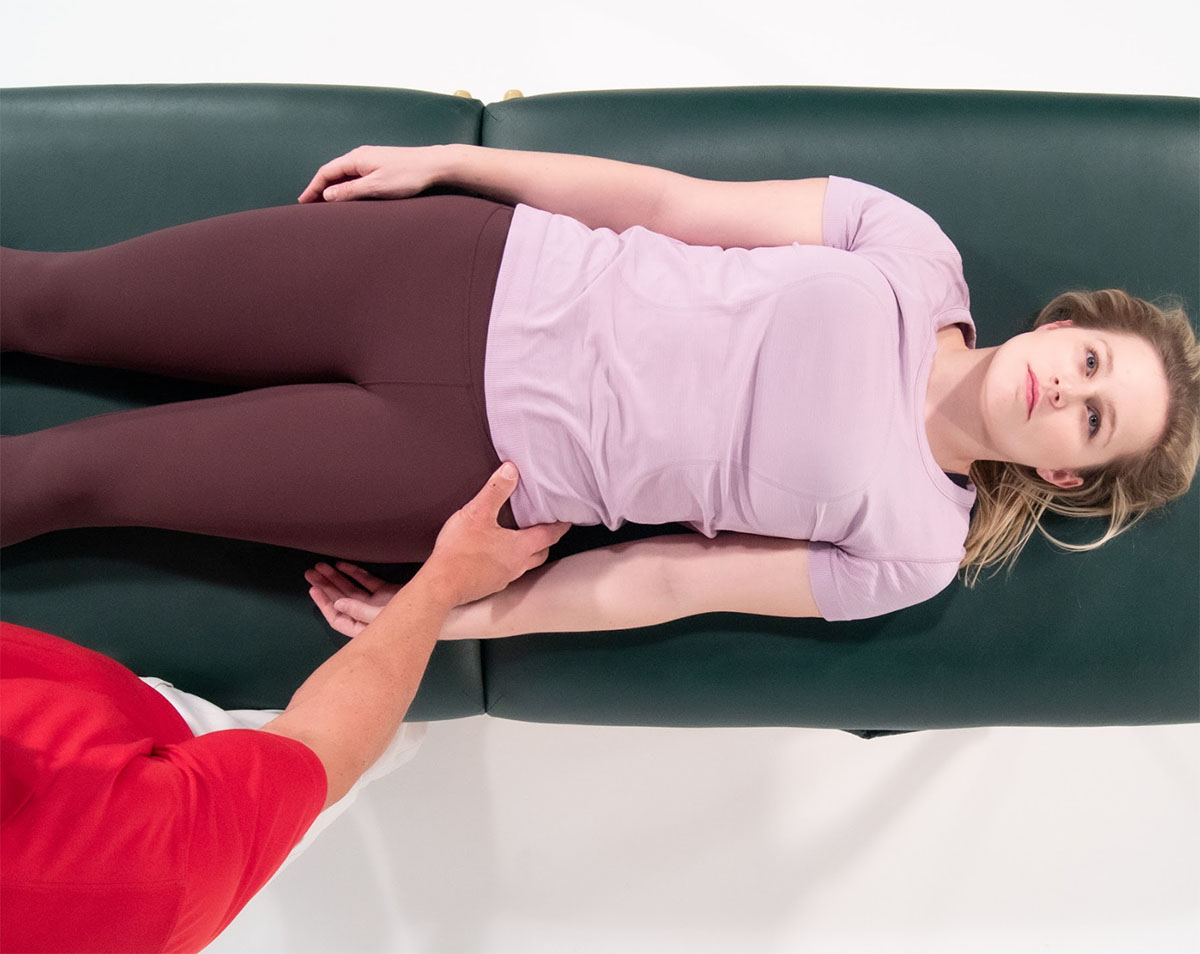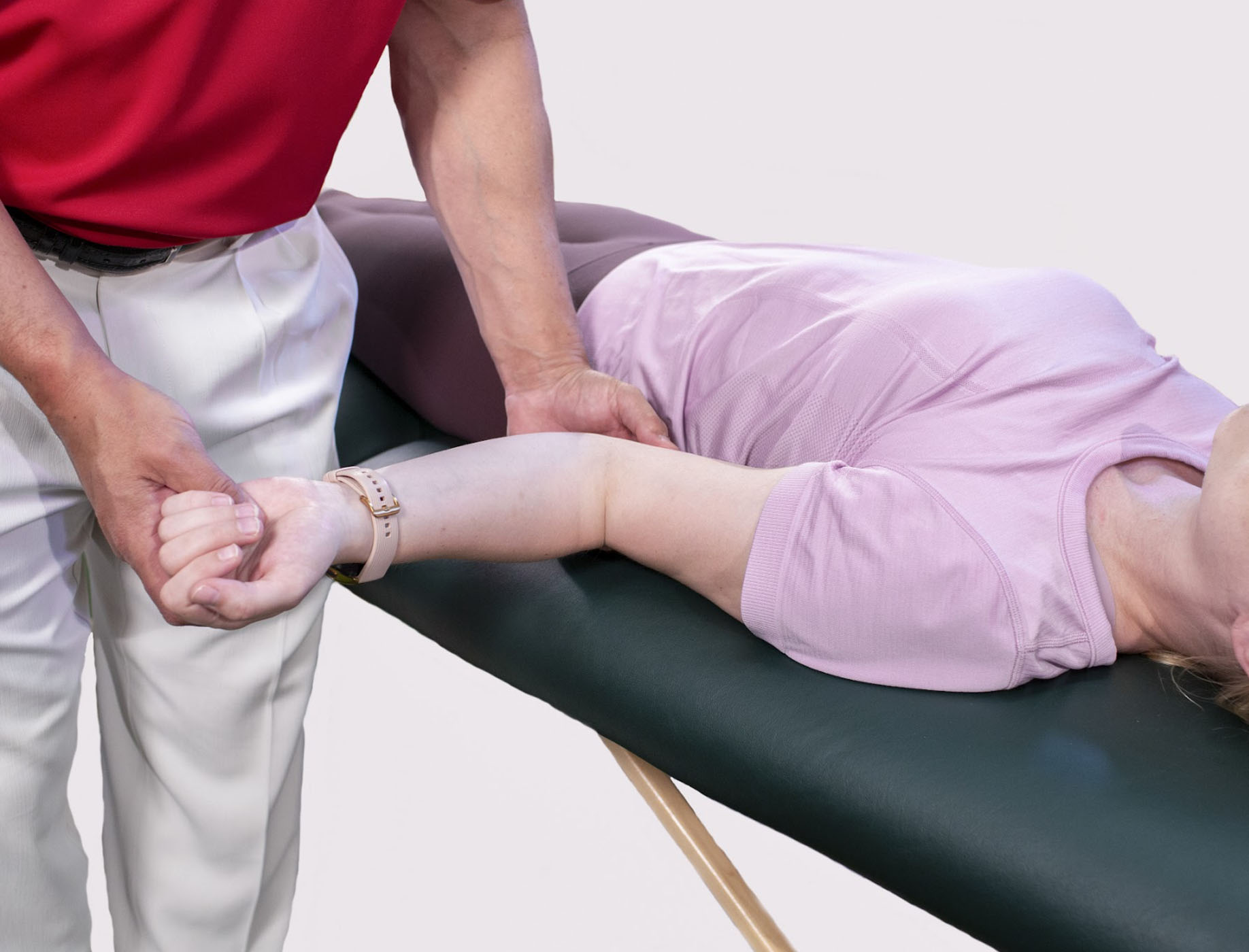
Jumpstart Into MAT
Check out our latest entry level course at $299. Industry professionals from all modalities can employ Jumpstart into MAT both specifically and holistically, as an adjunct to all forms of therapy and exercise.

Leaders In Neuromuscular Health & Education 💪🧠
We set the global standard for professional development, training opportunities, education, and practical application of MAT.

Become A Certified MAT Practitioner
No matter where you are in your learning or career, our step by step courses help guide you to success with your clients and patients.



Courses & Certifications
Find A Practitioner
Courses & Education
New participants begin in our Jumpstart courses.


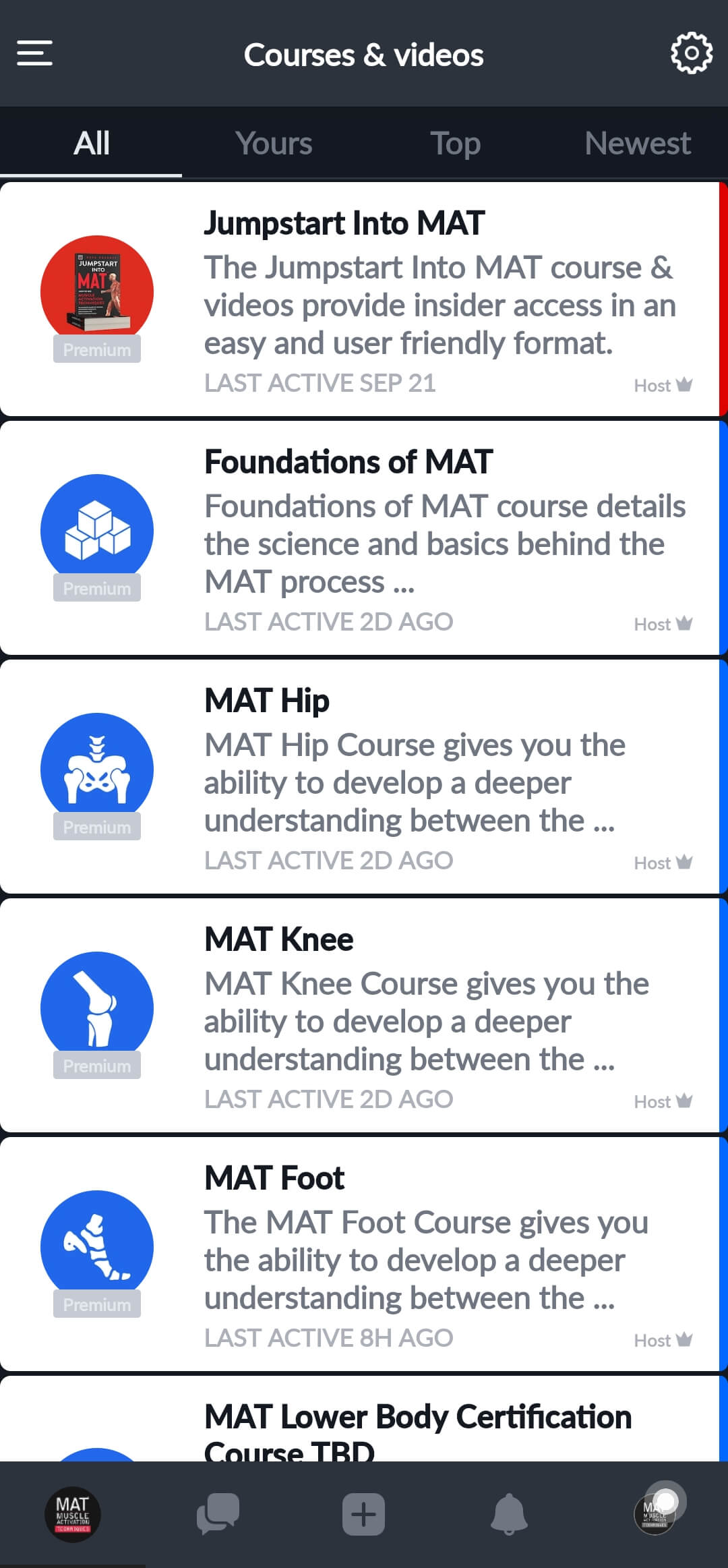
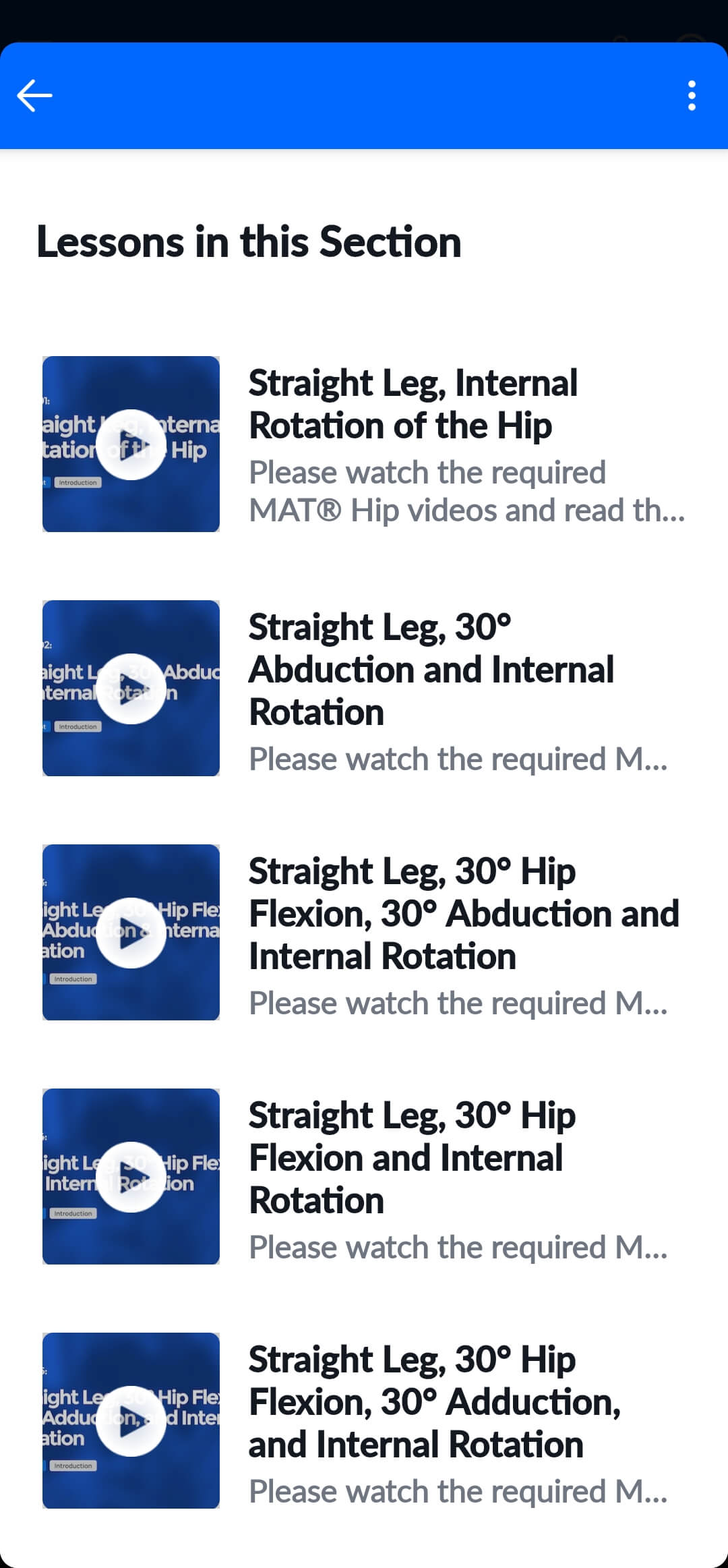
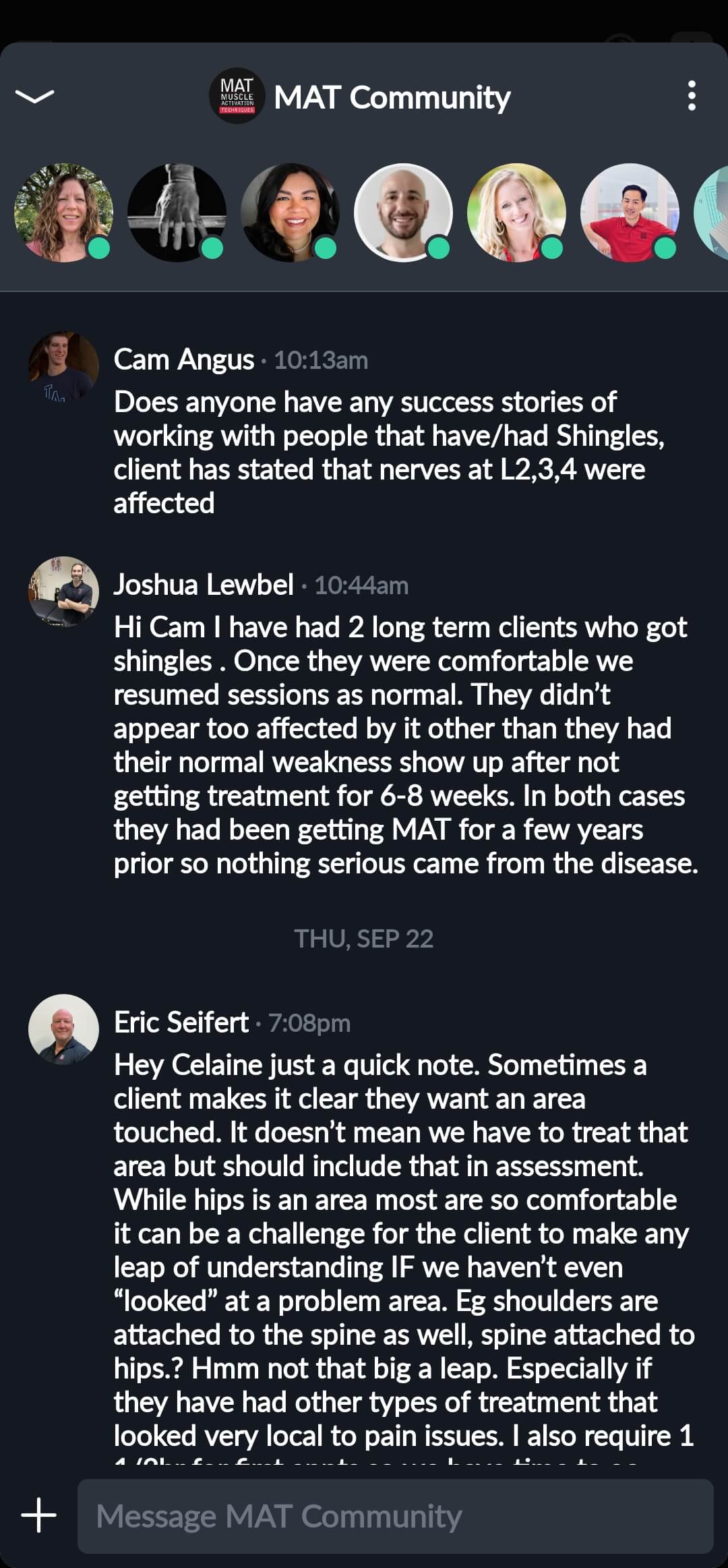
We've Built A Learning Platform For Practitioners
Our online community is the place where students and practitioners will access our growing library of exclusive courses, videos, and ebook related content.
Join Our Community
We provide the ability to interact, ask questions, learn from, and discuss your experiences with other practitioners.
Expansive Library Of Content
Direct Access To Professionals
A Conversation Space That Is Our Own

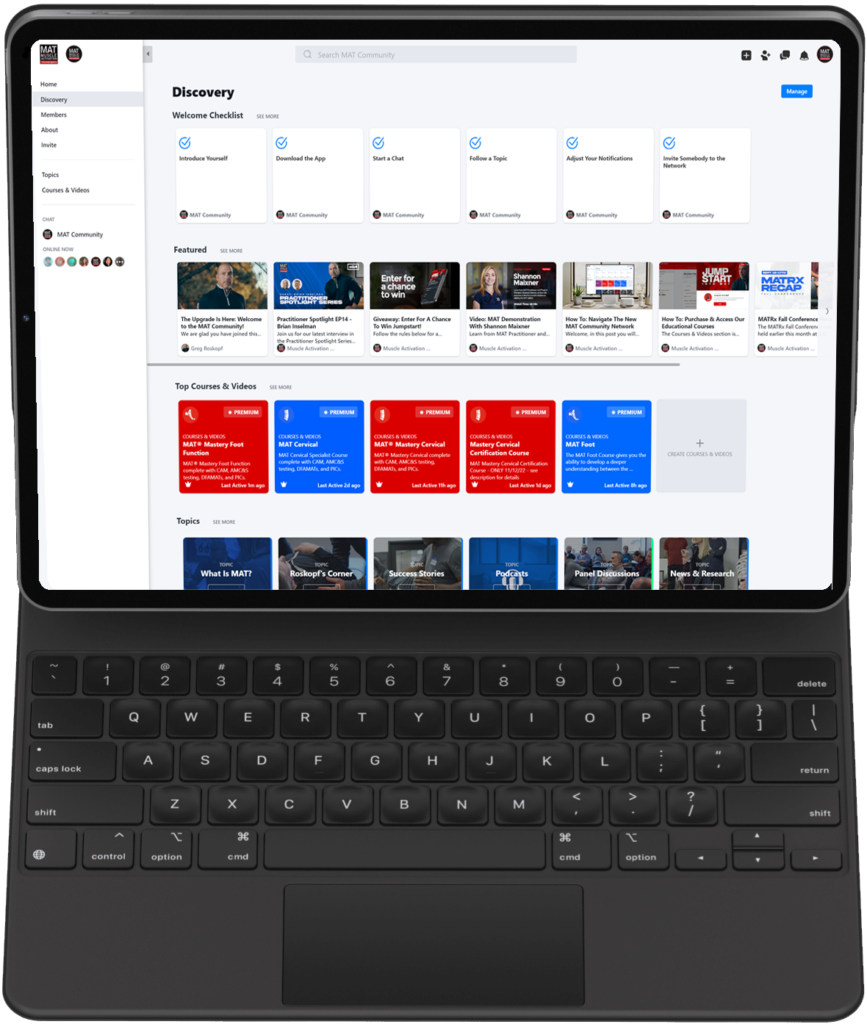
How To Get Started
Follow our guide below to learn how to get started with our entry level courses.
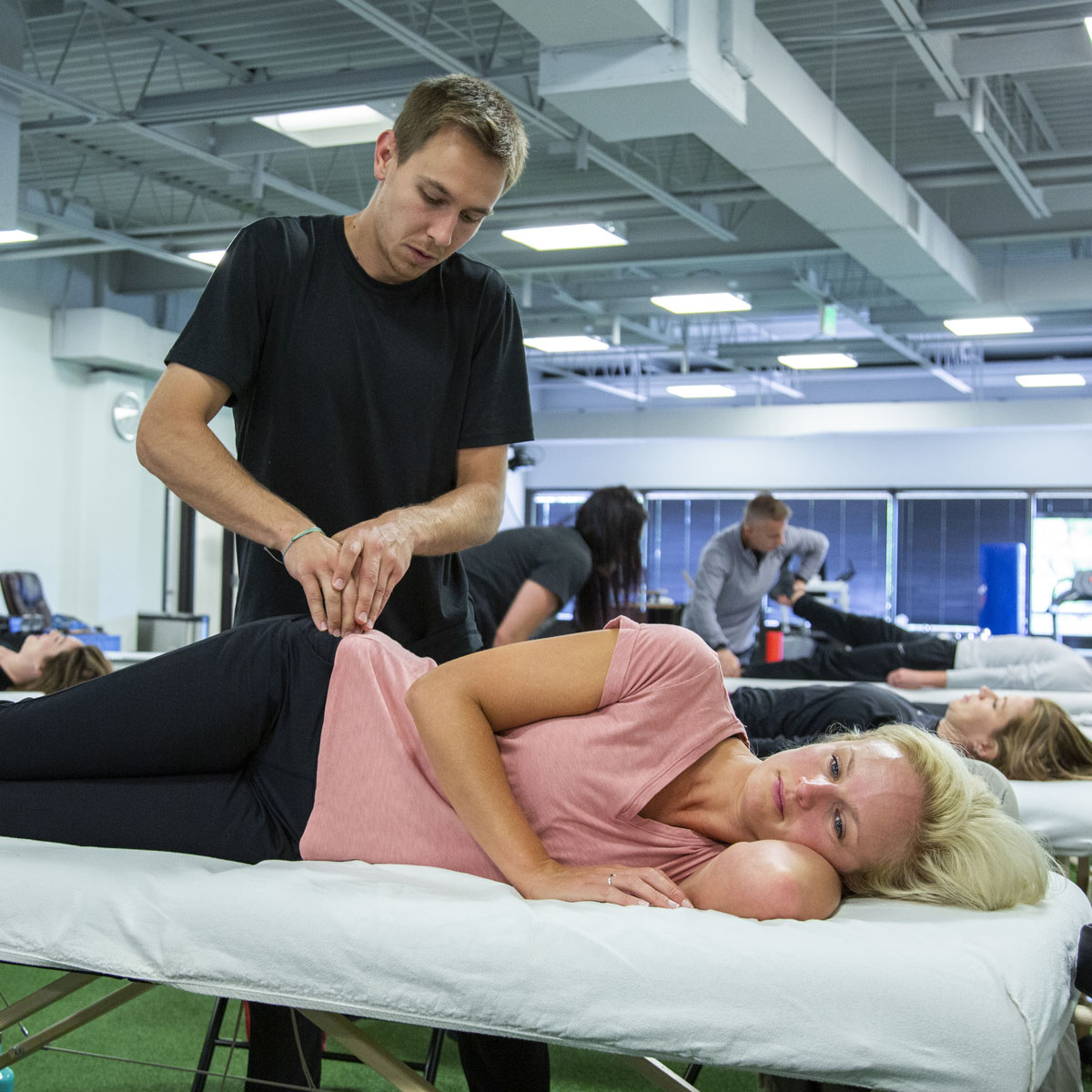
Become A Certified MAT Practitioner
Learn about how to get started with the MAT modality. Our course offerings begin at only $99 and provide step-by-step video instruction by Greg Roskopf, Founder and Developer of Muscle Activation Techniques.
Find A Practitioner
Interested in seeking out an MAT Practitioner? View our directory to find a practitioner in a location near you.
